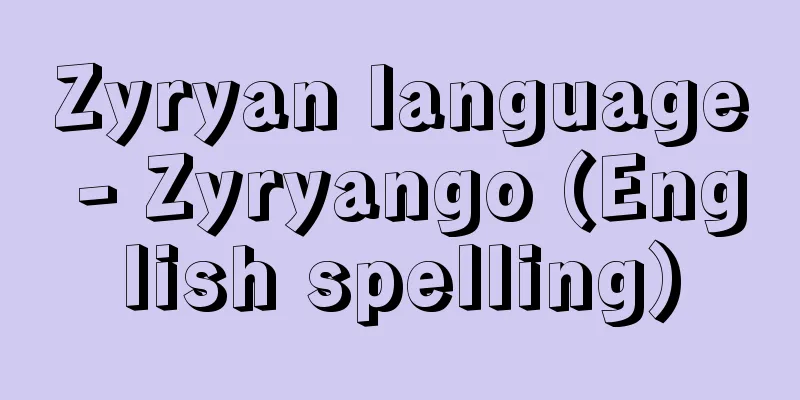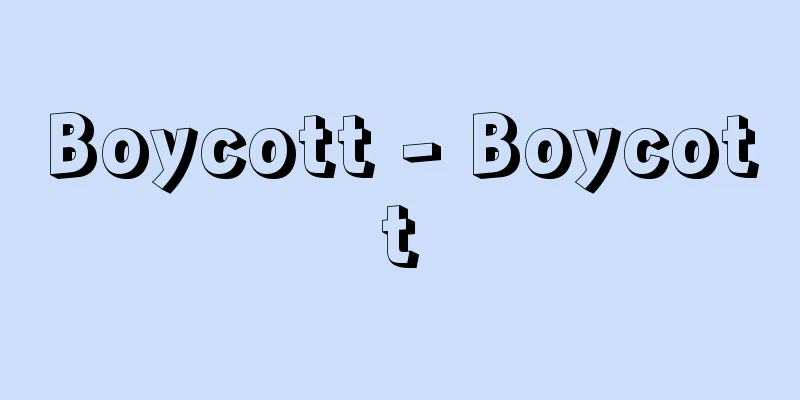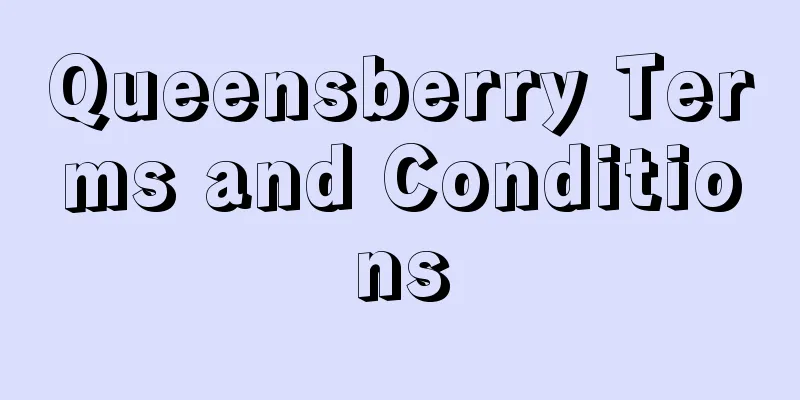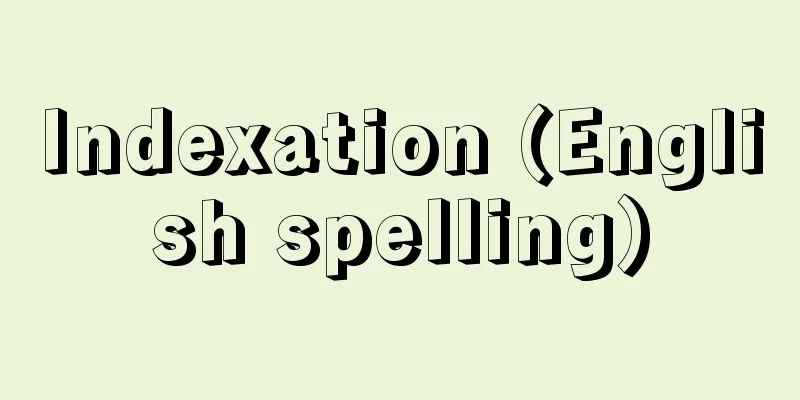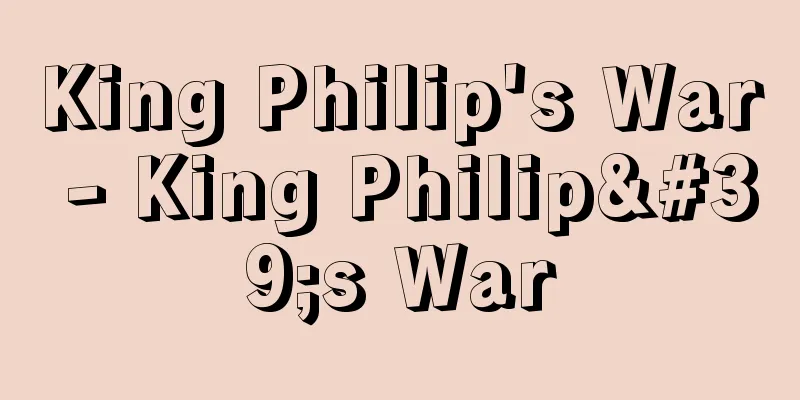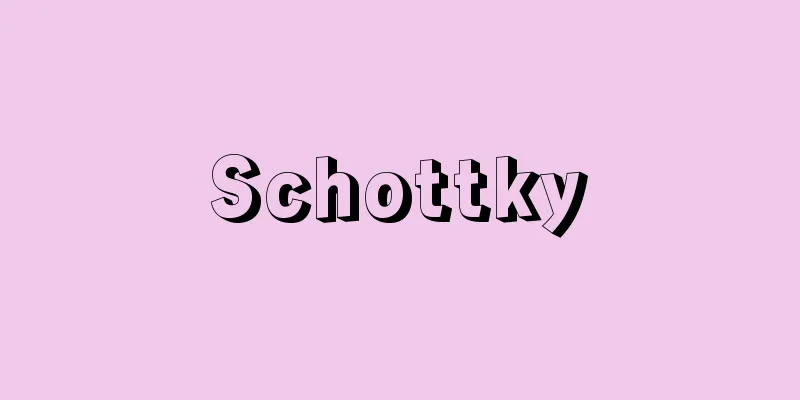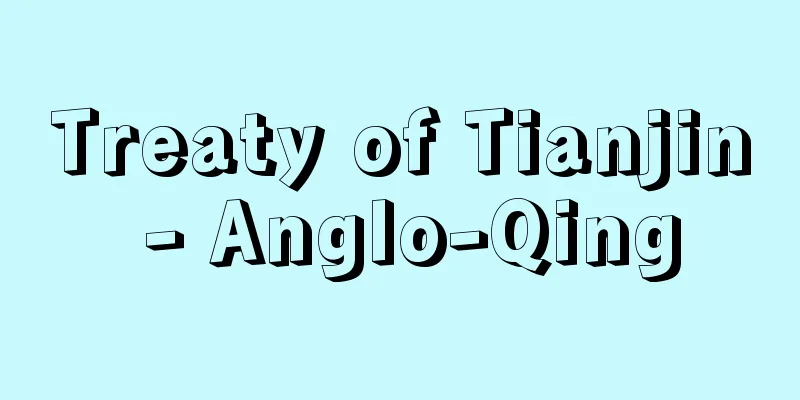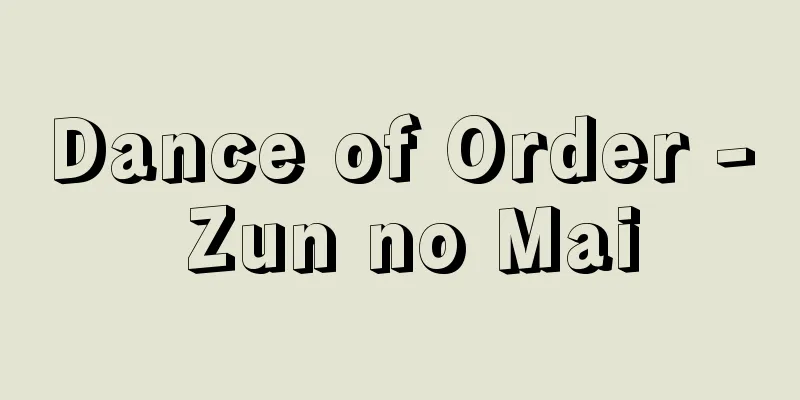florigen
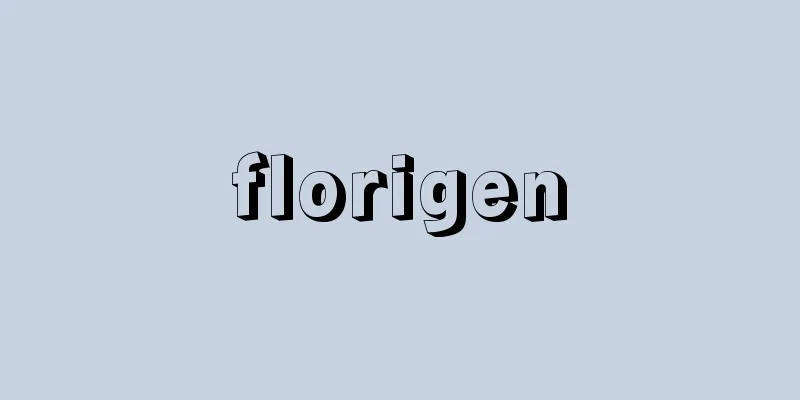
|
…When a plant blooms in response to a photoperiod, it is believed that the mechanism is that the leaves receive a photoperiodic stimulus, a certain substance is synthesized in the leaves, and this substance is transported to the apical bud, converting the undifferentiated cells of the apical bud into flower primordia, resulting in the formation of flower buds (flowering). In 1937, M. H. Chailakhyan of the Soviet Union considered this hypothetical substance to be a flowering hormone and named it florigen. Since photoperiodic induction does not result in flower buds being formed when the stem between the leaf and bud is killed by heat or by annular barking, it is believed that the flowering hormone moves through the phloem. … From [Short-day plants]...Even if the time of daylight (day length) is short, flower buds will not form if the accompanying dark period is below the critical dark period, and even if the dark period is sufficiently long, it is known that flower bud formation is inhibited if light is irradiated for a very short period in between. The hormone involved in the differentiation of flower buds is florigen under both short-day and long-day conditions, and it has been observed that some plant hormones increase or decrease depending on photoperiodism, but the mechanism by which short-day conditions are expressed is not well understood. It seems that light-induced processes are expressed under complex conditions. ... From [Long-day plants]…In nature, the formation of flower buds is also related to temperature, and not all is driven by light alone. The only hormone related to the formation of flower buds is florigen, and photoperiod is not directly related to flowering hormones. It has been observed that under long-day conditions, mobile cytokinin nucleotides are synthesized from the roots and transported to the leaves, and that abscisic acid decreases in birch buds under long-day conditions, but the direct causal relationship between these changes in plant hormones and photoperiod has not yet been confirmed. … *Some of the terminology that mentions "florigen" is listed below. Source | Heibonsha World Encyclopedia 2nd Edition | Information |
|
…植物が光周期に反応して花をつける場合,そのしくみは,葉が光周刺激を受け取り,葉である種の物質が合成され,これが頂芽へ運ばれ頂芽の未分化な細胞を花の原基へと変換させることによって花芽が形成される(花成)と考えられている。1937年,ソ連のチャイラヒヤンM.H.Chailakhyanは,この仮想の物質を花成ホルモンであると考えフロリゲンflorigenと名付けた。葉と芽の間の茎を熱で殺したり,環状剝皮すると光周誘導を行っても花芽は形成されないことから,花成ホルモンは師部を通って移動するものと考えられる。… 【短日植物】より…光のあたる時間(日長)が短くても,それに伴う暗期が限界暗期以下であれば花芽はつくらないし,暗期が十分長くても途中でごく短時間光を照射すると花芽形成が阻害されることがわかっている。花芽の分化に関与するホルモンは短日条件下でも長日条件下でもフロリゲンflorigenであり,いくつかの植物ホルモンが光周性によって増減する観察もあるが,短日性がどのような機構で発現されるのかはよくわかっていない。光に起因する過程が複雑な条件下で発現してくるのであろう。… 【長日植物】より…自然界では花芽の形成には温度も関係しており,光だけですべてが動いているのではない。花芽の形成に関係するホルモンはフロリゲンflorigen一種だけで,光周期が開花ホルモンに直接関係しているのではない。長日条件下では根から移動型のサイトカイニンヌクレオチドが合成されて葉に移動されることや,カンバの芽で長日条件下でアブシジン酸が減少することなどが観察されているが,これらの植物ホルモンの変化と光周期の直接的な因果関係はまだ確かめられていない。… ※「florigen」について言及している用語解説の一部を掲載しています。 出典|株式会社平凡社世界大百科事典 第2版について | 情報 |
Recommend
Rat-kangaroo
A primitive rabbit-sized kangaroo that resembles a...
Bulavin, KA (English spelling) BulavinKA
...They were members of rural communities (mirs) ...
Wooden Buddha sculptor
〘 noun 〙 (as opposed to an ebusshi, who specialize...
Troost, C. (English spelling) TroostC
...This stagnation continued long into the 19th c...
drop foot
...Ulnar nerve palsy makes it impossible to strai...
Asian Monroe Doctrine
...In this period, Pan-Asianism went beyond simpl...
Alaska Pipeline
An oil pipeline stretching 1,300 km from Prudhoe B...
Scleraxonia
…The coenchyma consists of two layers, an inner a...
The diary of a man who disappeared
...Nowadays, operas in the vein of realism such a...
Grande Casse (mountain)
The highest peak in the Vanoise massif in the Fren...
Buzurg b.Shahriyar
A Persian captain active in the late 10th century,...
Stagflation - stagflation
A compound word of stagnation and inflation. It r...
"A Certain Fantasy Future" - Arugensou no Mirai
… [Art, Religion, and Social Studies] Freud was a...
Life insurance - Seimeihoken (English)
Insurance that covers the life or death of a pers...
Uryanghai
...They are believed to be descendants of the Tob...
